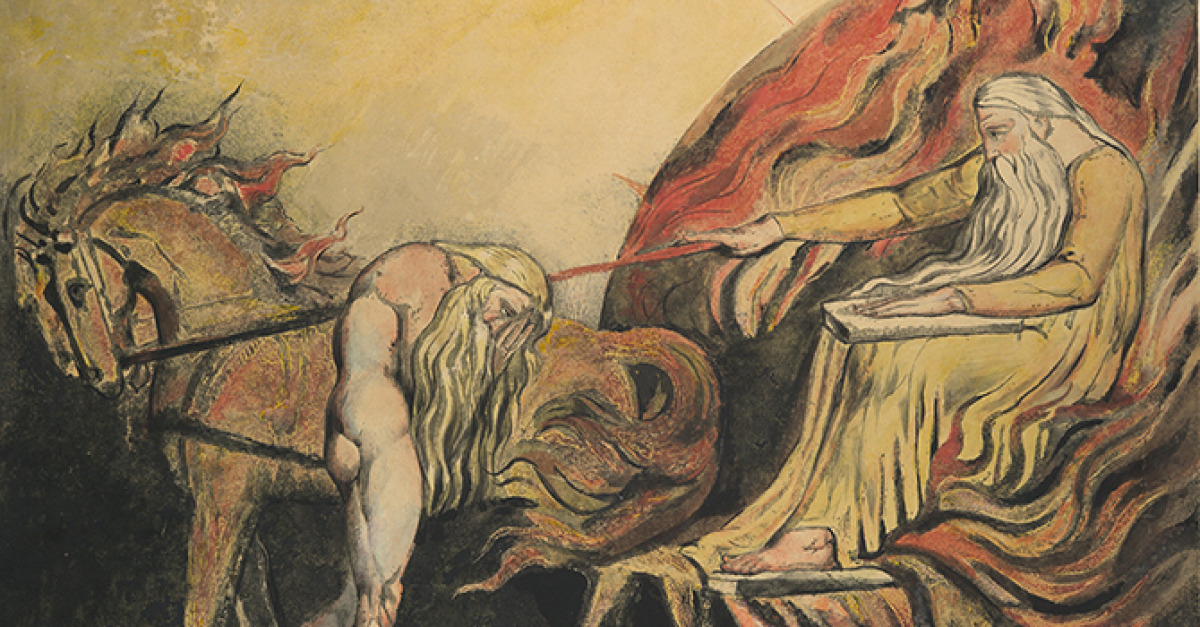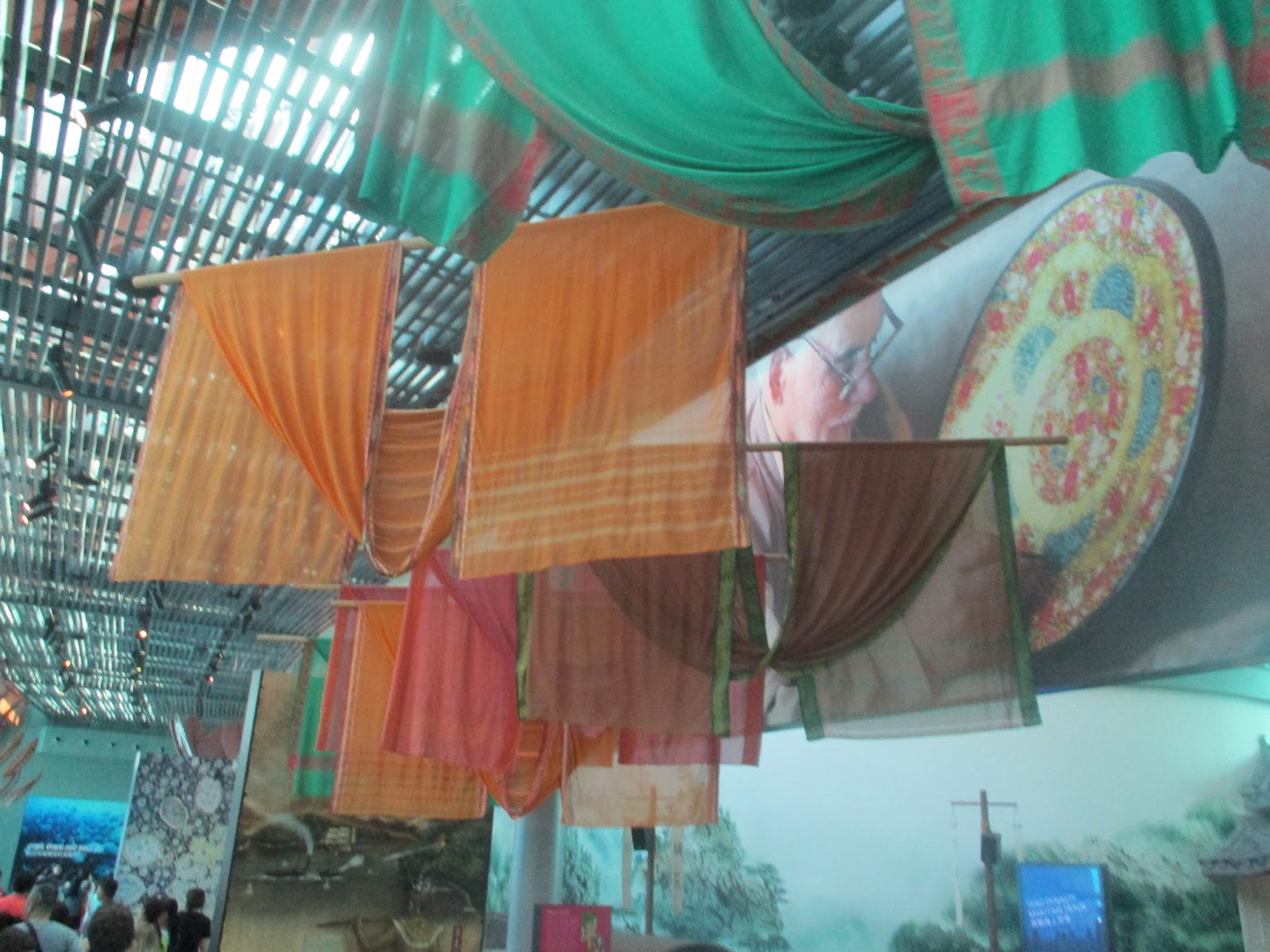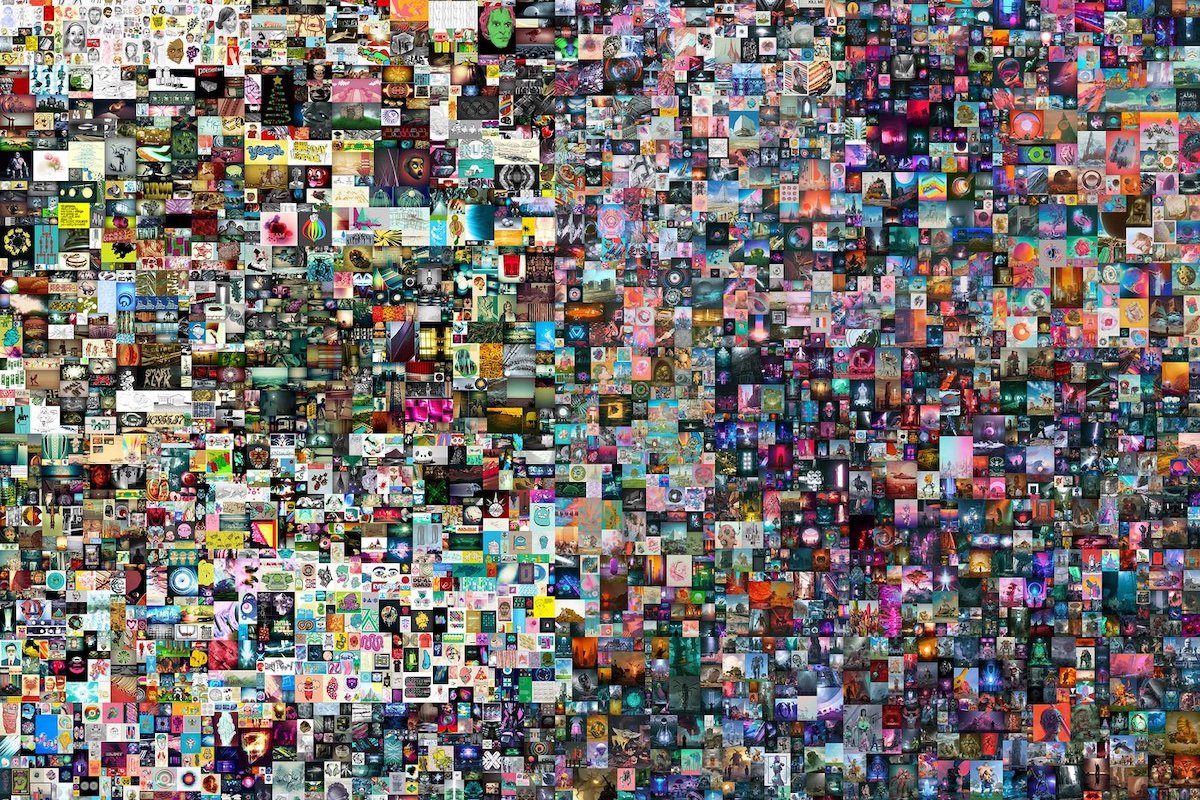A silk painting of sacred Buddhist images from Dunhuang
Reconstruction of the overall composition of the Dunhuang silk painting of auspicious images by Roderick Whitfield and The British Museum, 7th–8th centuries, Tang Dynasty, found in the “Library Cave” (Cave 17), Mogao grottoes, Dunhuang, Gansu province, China (Stein no.: Ch.xxii.0023). Left: painting fragments assembled together from The British Museum and National Museum, New Delhi, India; right: line-drawing by Roderick Whitfield, “Ruixiang at Dunhuang”, 1995, p. 152, fig. 2
How did medieval Chinese people imagine the transmission and localization of Buddhism, a religion originally from India? A one-of-a-kind painting (today in fragments in two museums) from Tang dynasty China (618–907 C.E.) helps us to understand how they imagined Buddhism coming to and transforming in China.
“The Dunhuang Library Cave” (Cave 17), Mogao Caves 16-17 (Library Cave), Dunhuang, Gansu Province, China, 862; sealed around 1000 (Photo courtesy of Dunhuang Academy)
























